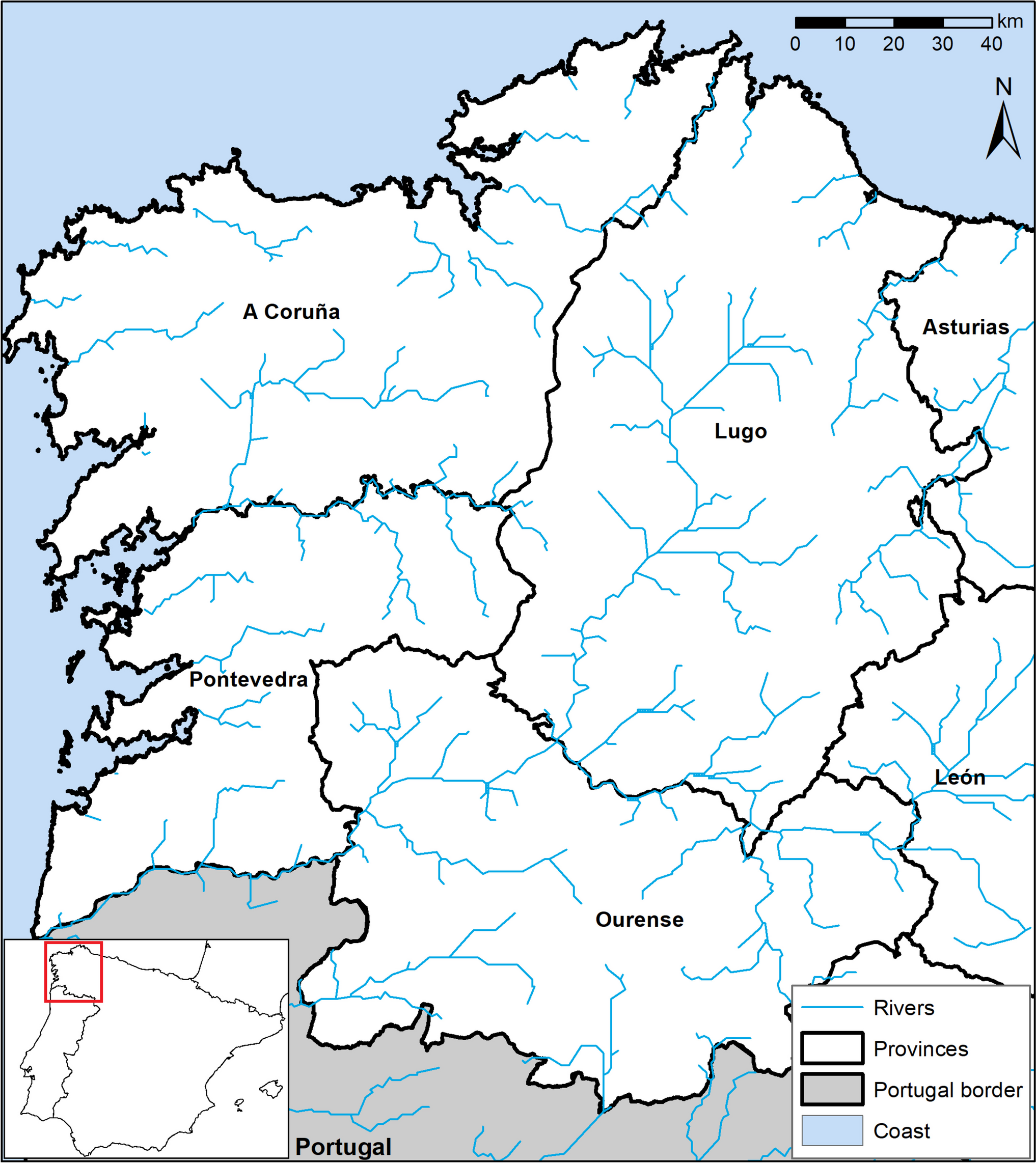Air New Zealand inks direct partnership with ChatGPT maker OpenAI, pair create virtual customers https://www.byteseu.com/1221831/ #air #artificial #before #being #ChatGPT #create #customers #deal #direct #focus #group #human #including #inks #Intelligence #maker #multiple #new #NewZealand #OpenAI #pair #partnership #products #Projects #services #signed #using #VIRTUAL #with #Work #zealand
#using
Using MacBook's trackpad as digital weighing scale

Breaking down the St. Louis Cardinals 2025 draft, using Viva El Birdos top comments https://www.rawchili.com/mlb/190311/ #Baseball #birdos #Breaking #Cardinals #comments #down #draft #el #FrontPage #Louis #MLB #StLouisCardinalsSabermetricsAnalysis #StLouisCardnalsMlbDraft #St. #St.Louis #St.LouisCardinals #StLouis #StLouisCardinals #the #top #using #viva #VivaElBirdosCommunityCommentsPollsReactionsProjections
https://www.alojapan.com/1325715/explore-nuevo-tokyo-in-beat-em-up-roguelike-mexican-ninja/ Explore Nuevo-Tokyo in Beat-’em-up Roguelike Mexican Ninja #beat #crime #gameplay #mexican #narkuza #news #ninja #nuevo #rebel #roguelike #Tokyo #TokyoNews #using #東京 #東京都 Some of the most dreaded crime organisations have joined forces, as the Narcos and the Yakuza team up and create the powerful Narkuza clan. Now, Nuevo-Tokyo is their criminal playground, and it’s up to rebel groups to reclaim the city… this is where Mexican Ninja come
Analysing Roman itineraries using GIS tooling
https://link.springer.com/article/10.1007/s12520-025-02175-w

The Seattle Mariners are using pinch hitters more than any other team https://www.rawchili.com/mlb/159165/ #any #are #Baseball #ExcludeFromStnVideo #FrontPage #hitters #landing #lookout #Mariners #more #other #pinch #Seattle #team #than #the #TheMoreYouKnow #using

Cops in [Spain] think everyone using a Google Pixel must be a drug dealer
https://www.androidauthority.com/google-pixel-organized-crime-preferred-phone-3573578/
#HackerNews #Cops #in #Spain #think #everyone #using #a #Google #Pixel #must #be #a #drug #dealer
drugdealing #allegations #Spain #GooglePixel #lawenforcement #technews

Using the Internet without IPv4 connectivity
https://jamesmcm.github.io/blog/no-ipv4/
#HackerNews #Using #the #Internet #without #IPv4 #connectivity
internet #connectivity #ipv4 #technology #networking #future
Using an $8 smart outlet to avoid brainrot
https://www.neilchen.co/blog/kasa
#HackerNews #Using #an #$8 #smart #outlet #to #avoid #brainrot
smartoutlet #brainrot #productivity #techhacks #homeautomation
Washington Nationals brass needs to stop using 2019 as a crutch https://www.rawchili.com/mlb/115699/ #a #as #Baseball #brass #crutch #federal #FrontPage #MLB #nationals #needs #stop #to #using #washington #WashingtonNationals #WashingtonNationals
Using computers more freely and safely (2023)
https://akkartik.name/freewheeling/
#HackerNews #Using #computers #more #freely #and #safely #(2023) #computers #safety #freedom #technology #HackerNews
FioBit: Best Cryptocurrency Faucets in 2025-Earn Passive Income Online Using Free Bitcoin Cloud Mining Sites Without Investment https://www.byteseu.com/?p=1070735 #2025Earn #best #bitcoin #Cloud #Crypto #CryptoCurrency #Faucets #FioBit: #free #in #income #investment #mining #online #Passive #sites #using #without
Using Ed(1) as My Static Site Generator
https://aartaka.me/this-post-is-ed.html
#HackerNews #Using #Ed(1) #as #My #Static #Site #Generator #StaticSiteGenerator #Ed1 #HackerNews #TechBlog #WebDevelopment
NFL salary cap: Browns GM Andrew Berry among those using loopholes the NFL might want to close https://www.rawchili.com/nfl/93573/ #among #andrew #berry #browns #by #cap #cleveland #ClevelandBrowns #ClevelandBrownsNews #ClevelandBrownsSalaryCapContracts #ClevelandBrowns #close #dawgs #Football #FrontPage #gm #loopholes #might #nature #NFL #salary #the #those #To #using #want
Using lots of little tools to aggressively reject the bots
Beating Google's kernelCTF PoW using AVX512
https://www.europesays.com/uk/134910/ Calgo Launches Mobile App to Support Distributed AI Computing Using Idle Device Resources #AI #app #Calgo #Computing #Device #Distributed #Idle #launches #Mobile #Resources #support #Technology #to #UK #UnitedKingdom #using
Using elliptic curves to solve a math meme
#HackerNews #Using #elliptic #curves #to #solve #a #math #meme #mathmemes #ellipticcurves #mathematics #problem-solving #HackerNews

